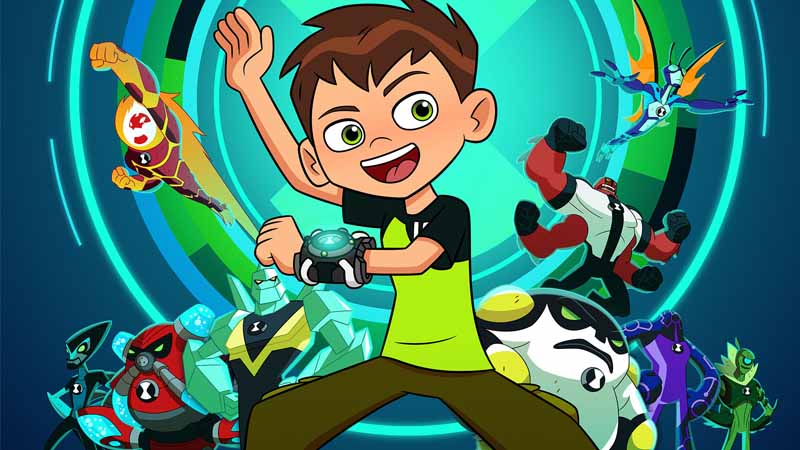
Cartoon Network’s new Ben 10 series premieres across Asia in October against a background of dramatic shifts in video consumption habits, unprecedented transparency (for some, although many still labour with platforms dragging their heels on data transparency), ongoing audience fragmentation and a mad scramble by brands to chase and find young consumers down every nook, cranny and rabbit hole.
And still, TV remains the number one medium to reach kids, followed by digital video environments, says Turner’s director of research and planning, David Webb.
The latest round of Cartoon Network’s ongoing New Generations research study shows TV viewing in Australia up 8% on last year, with media consumption increasing across all platforms. The study found that 92% of children watched TV in the last month. 86% of them went online in the past month with a 33% increase in kids watching/posting online videos.
Updated research for the rest of the region is still under way. Specific results will differ, but there’s no reason yet to think broad trends won’t be similar.
Webb’s advice to advertisers trying to improve their connection with kids is, not surprisingly, similar to age-old advice across all demographics – tailor the messages to suit stages of development and where kids are spending their time. “Their exposure to social media and the way they interact with technology differs by age,” Webb says. 12-14 year olds, for instance, are more mobile than younger groups and eager to participate and share in campaigns.
An enduring trend across all young audiences has been the online game Minecraft. While Lego and Barbie are still popular, Webb says parents are now seeing Minecraft more positively and understand how it can support their kids’ creativity and “isn’t just another online game”.
Webb explains the apparent addiction to technology as “simply the proliferation of the devices. As Gen X’ers were perceived by their parents to be glued to the TV and so Plurals...
Cartoon Network’s new Ben 10 series premieres across Asia in October against a background of dramatic shifts in video consumption habits, unprecedented transparency (for some, although many still labour with platforms dragging their heels on data transparency), ongoing audience fragmentation and a mad scramble by brands to chase and find young consumers down every nook, cranny and rabbit hole.
And still, TV remains the number one medium to reach kids, followed by digital video environments, says Turner’s director of research and planning, David Webb.
The latest round of Cartoon Network’s ongoing New Generations research study shows TV viewing in Australia up 8% on last year, with media consumption increasing across all platforms. The study found that 92% of children watched TV in the last month. 86% of them went online in the past month with a 33% increase in kids watching/posting online videos.
Updated research for the rest of the region is still under way. Specific results will differ, but there’s no reason yet to think broad trends won’t be similar.
Webb’s advice to advertisers trying to improve their connection with kids is, not surprisingly, similar to age-old advice across all demographics – tailor the messages to suit stages of development and where kids are spending their time. “Their exposure to social media and the way they interact with technology differs by age,” Webb says. 12-14 year olds, for instance, are more mobile than younger groups and eager to participate and share in campaigns.
An enduring trend across all young audiences has been the online game Minecraft. While Lego and Barbie are still popular, Webb says parents are now seeing Minecraft more positively and understand how it can support their kids’ creativity and “isn’t just another online game”.
Webb explains the apparent addiction to technology as “simply the proliferation of the devices. As Gen X’ers were perceived by their parents to be glued to the TV and so Plurals are perceived to be glued to their phones/tablets... The portability of the devices and the addictiveness of social platforms has just enhanced this”.
Published on 30 September 2016



















